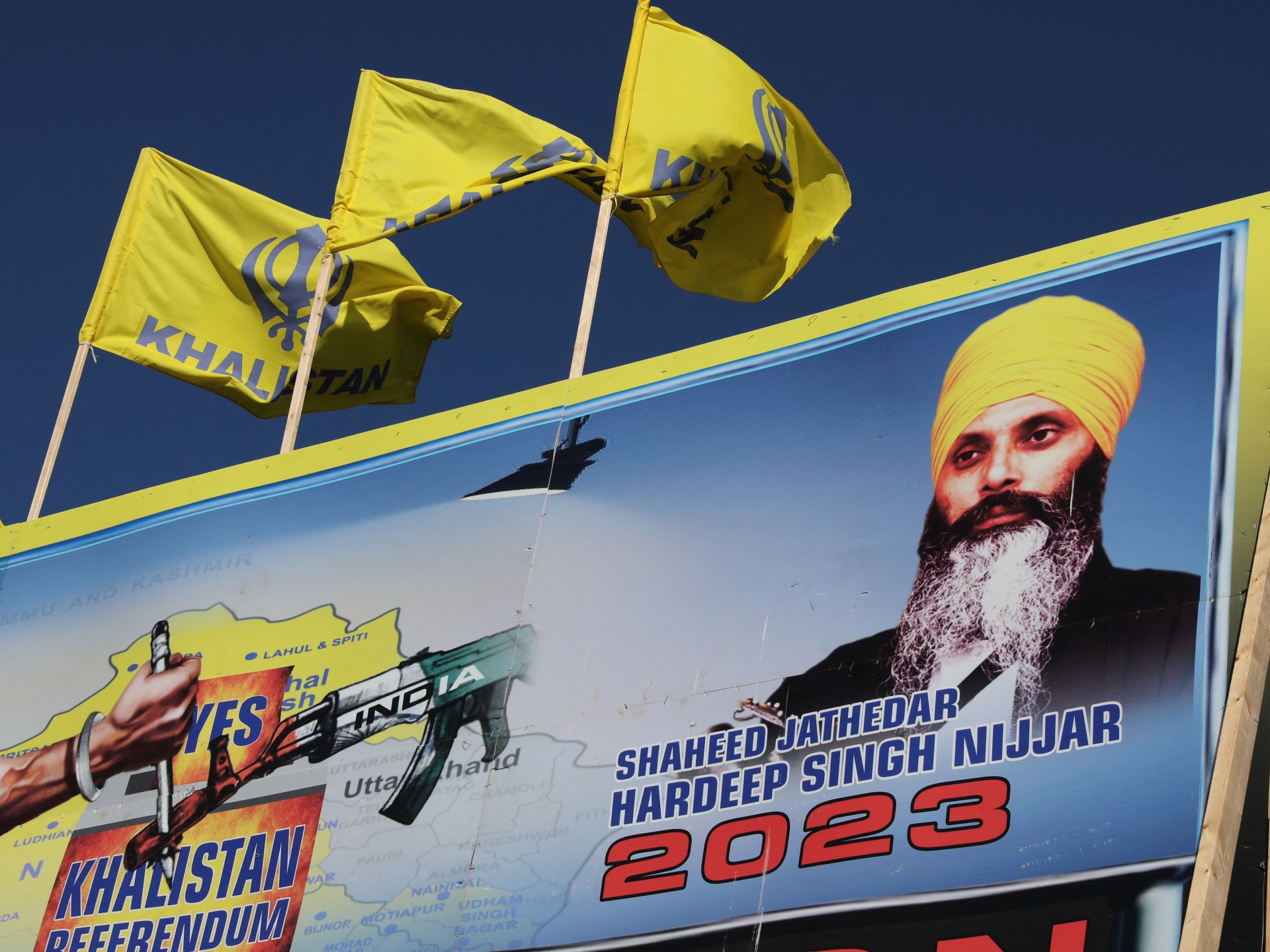President Biden announced the pier’s deployment during his State of the Union address in March. With rising alarm about starvation in the war zone, and little sign that Israeli officials would heed U.S. pleas to allow more food into Gaza, Biden pledged to open a “maritime corridor” via the Mediterranean Sea using a temporary floating pier and a steel causeway connecting it to the shore.
While U.S. troops will not be deployed inside Gaza, U.S. officials say, security analysts have raised concerns about an array of threats, including speedboats packed with explosives, divers swimming in with mines and incoming rockets. They also have warned that if bottlenecks occur distributing aid flowing from the pier, it could upend the entire process.
Gen. Charles Q. Brown Jr., chairman of the Joint Chiefs of Staff, said Thursday that he had just received a briefing about security efforts for the pier and expressed confidence that the risks can be mitigated through collaboration with Israeli military forces and other nations who’ve pledged to help protect the operation.
“Nothing we do is risk-free,” the general said during an appearance at Georgetown University in Washington.
“I feel strongly that it will be protected,” he added. “That doesn’t mean it won’t potentially have some threat against it, but it’s something we are focused on.”
Sen. Roger Wicker (Miss.), the Senate Armed Services Committee’s top Republican, doubled down on his earlier criticism of the mission, saying after news of the mortar attack circulated that the plan was “ill-conceived from the start.”
“The risks to Americans will only intensify,” Wicker said in a statement. “President Biden should never have put our men and women in this position, and he should abandon this project immediately before any U.S. troops are injured.”
A senior U.S. official, speaking on the condition of anonymity to discuss plans for the pier, said the aid will be delivered to a location near Wadi Gaza, south of the last security checkpoint on a “control corridor” that Israeli forces have established to split Gaza in two and control nearby movement.
Initially, the aid is expected to go north, where the risk of famine is considered highest, but planners envision it could eventually go in either direction, this person said.
A senior U.S. military official, speaking to reporters on the condition of anonymity under ground rules set by the Pentagon, said that assembly of the floating pier began Thursday miles from Gaza. U.S. service members will remain at least several hundred meters off shore at all times, this official said, and that those tasked with piloting military vessels to the causeway would come closest to land.
The pier route, run with oversight from the U.S. Agency for International Development (USAID), will begin with the delivery of about 90 trucks per day from the causeway to the shore, and eventually expand to 150, the senior military official said. It is meant to complement other routes being used to let aid into Gaza, which he said now account for about 220 truckloads daily.
Trucks coming over the pier will be loaded and inspected in Cyprus, and driven on the causeway to the beach by personnel from a country that is neither the United States nor Israel, the military official said, declining to identify who would be responsible for what will be perhaps the most dangerous part of the mission.
USAID has established a coordination cell in Cyprus and the U.S. military has created one in Israel at Hatzor air base, with the expectation that American soldiers and sailors there will help coordinate aid delivery and watch for bottlenecks. A three-star U.S. Army general will oversee activities at the base.
Security is expected to include thousands of Israeli soldiers, several Israeli navy ships, and aircraft from the Israeli air force, the senior U.S. military official said. The Pentagon also will deploy additional security measures, he added, citing the presence of U.S. destroyers in the region as an example.
Still, the mortar attack spotlighted the various ways the aid mission could be strained or halted, said Mark Cancian, a senior adviser with the Center for Strategic and International Studies. Even if militants wanted to avoid interruptions in humanitarian assistance, they may consider it collateral damage to harm the pier system while attacking U.S. or Israeli personnel, he said.
Mortars are not an ideal weapon in this instance because they are not very accurate, Cancian said, but if enough are fired, eventually one may strike.
“You put a round on any of that,” he said, “and it will stop things.”
Karen DeYoung and Alex Horton contributed to this report.

David Turner is a globe-trotting journalist who brings a global perspective to our readers. With a commitment to shedding light on international events, he explores complex geopolitical issues, offering a nuanced view of the world’s most pressing challenges.






/cdn.vox-cdn.com/uploads/chorus_asset/file/25432052/installer.png)
